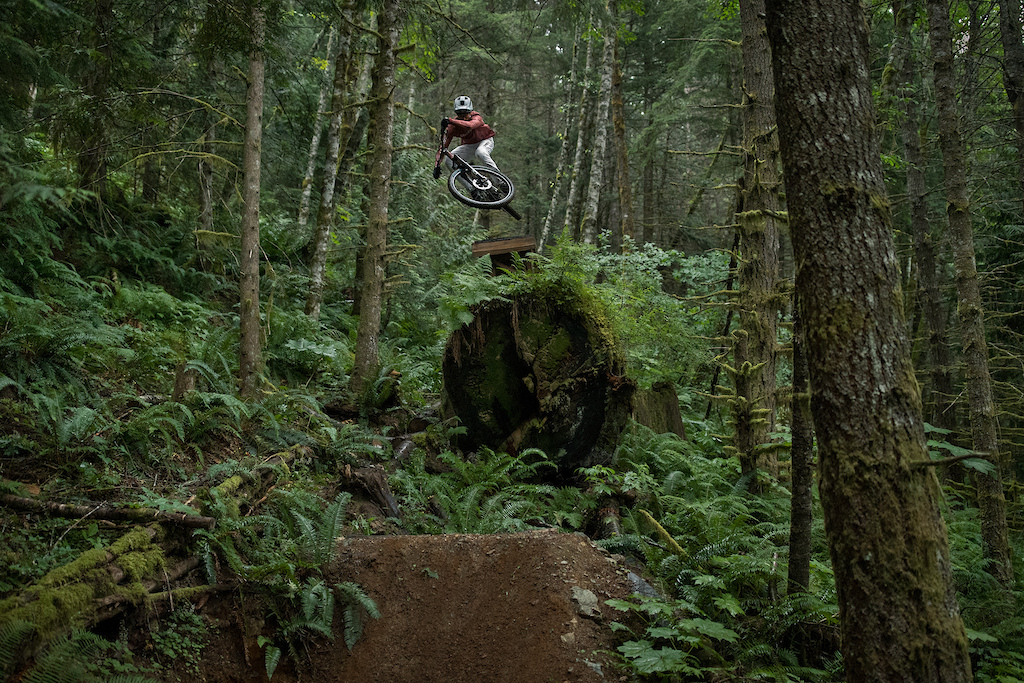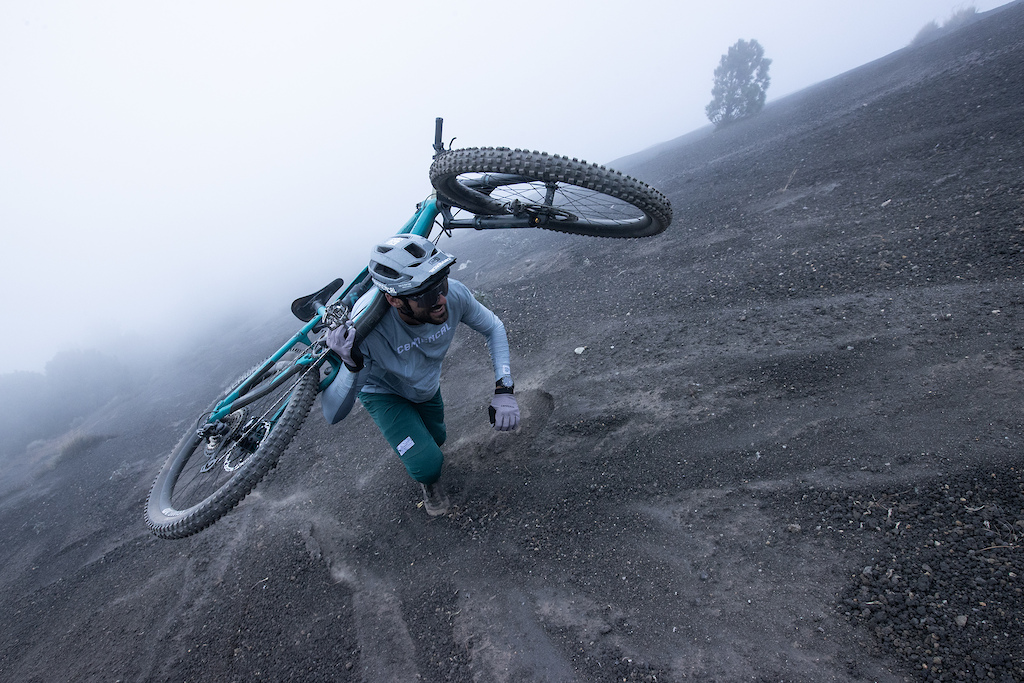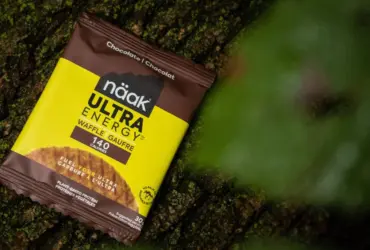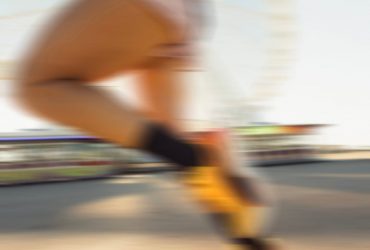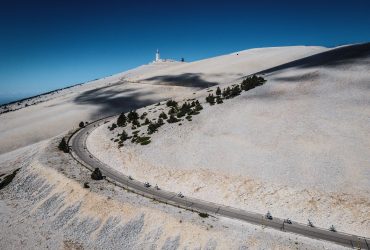The Private Sport Shop ambassador was at the latest Roc d'Azur in Fréjus. Having previewed his latest documentary and ridden with fans at the CREPS site in Boulouris, Kilian answered We Rock Sport's questions for an equipment and gear interview.
On October 6, crowds flocked to the Lido cinema in Saint-Raphaël for the premiere of Kilian Bron's documentary Fuego. After presenting an initial seven-minute video on his South American trip, this time the Private Sport Shop ambassador took the time with his team to edit a 55-minute documentary on his adventure in Guatemala, Bolivia and Peru. It's an opportunity to discover how the Commencal rider conducts his trips on location, how his film crew surrounds him on his adventures and all the hazards involved in a trip lasting over two months in South America.
The day after the screening, Kilian also took advantage of his appearance at the Roc d'Azur to invite some twenty fans to ride with him at the CREPS site in Boulouris. An event initiated by Vélo Vert which We Rock Sport visited. After a tour of the training trails at the Centre de Ressources, d'Expertise et de Performance Sportive, home to over 100 professional athletes year-round, Kilian sat down with us to talk about the material side of his life as a pro rider.
How long did your trip to South America last, during which you shot your film Fuego?
In total, I was away for three months. With my team, we spent the first part of the trip in Guatemala and Bolivia, then I went alone to the USA for three weeks to scout spots for a future project. Then I came back to South America in Peru to complete the trip for the Fuego video.
When you go on these long trips, do you take your bike directly with you, or does your sponsor Commencal have one delivered to you by its North American subsidiaries?
I have my own bike, not least because the frame is customized for the occasion. The Commencal design teams in France supply me with a bike that is unique in color. The color of the bike was decided well in advance of the trip. Today, for example, I'm in discussions with the teams to choose the colors of the bikes I'll be riding next year. On my trips, I leave with my bike in the bag. As for the choice of model, I'm lucky enough to have a lot of bikes and to change often. So I can adapt and choose the one that best suits the type of trails I'll be riding. On Fuego, I went with the Meta SX, which is more playful with its 27.5 rear and 29-inch front wheels. On the freeride side, it's excellent and I enjoy riding it. On the "Cross countries" video (see above) shot in North America, I opted for the T.E.M.P.O. on the advice of Yannick and Max Commencal. It was the right choice for the more rolling trails found in the US and Canada, on which you sometimes need to pedal. It also allowed me to showcase my vision of freeriding on a small bike, so to speak.
Except for the color, you'll be riding a bike similar to the ones the brand offers for sale.
Absolutely, the only difference is the color. Everything else is identical to the bikes that anyone can ride. You should also know that I keep my bikes, which have a specific color. It's obviously nice to be able to keep such machines. For Fuego, we made a replica bike in the same colors as the one used in the film. This model will be offered for sale, with all proceeds going to the charity. Sol y Luna in Peru, which seeks to support equality in schooling. If there's anything we can do at our level in this area, we'll do it.
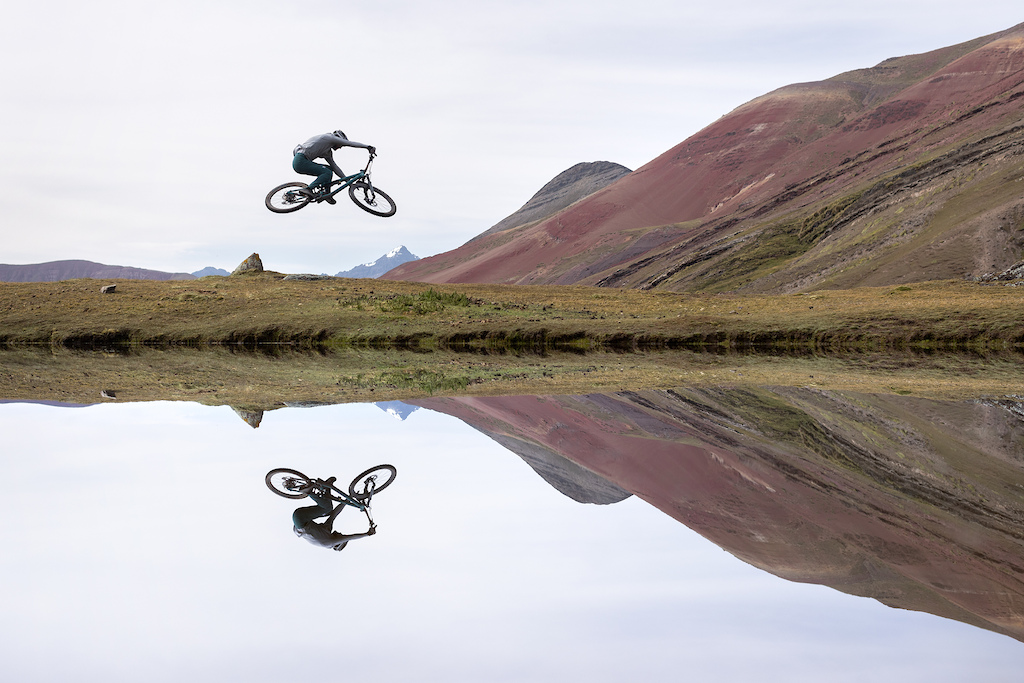
What peripherals are you packing in your bag for these trips?
I have consumables that are obviously necessary for this kind of trip. On Fuego, I took two tires with me. It would have been more comfortable to take more, but you're bound to have a weight limit when it comes to moving around. On expeditions, I couldn't afford to put 40 kg on the llamas' backs. And logistics also become too complex after a while if you're overloaded. You have to make choices.
And how do you deal with the unexpected if you have a breakage?
The main idea is that I can repair everything myself. At home, I have a mechanic who follows me, but on the road, I can't afford to take him with me for budgetary reasons. When I'm abroad, I'm alone with my bike, so I have to be ready to repair just about anything, even if the Commencal subsidiaries can help me out by sending me a missing part in three or four days. But I have confidence in the excellent quality of the equipment supplied by my partners. The truth is, I've rarely had any major problems. If I break, it's often my fault because I've looked for the limit. But when I'm far from everything and riding with the only bike I have with me, I'm still careful not to jeopardize the trip by doing anything.
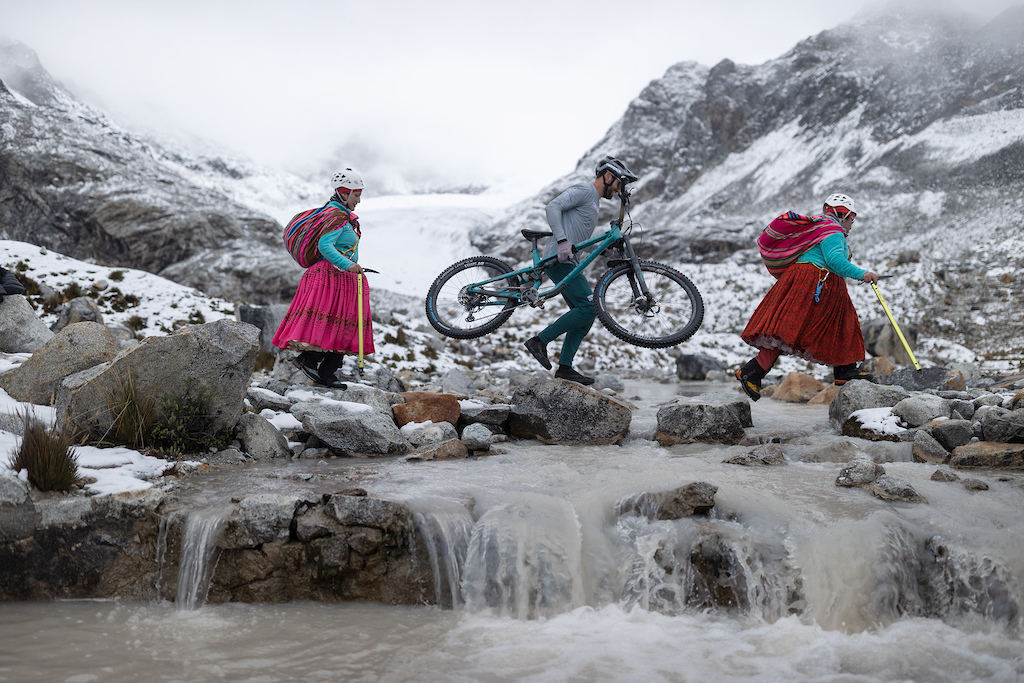
How does your partnership with Private Sport Shop work in practice?
With Private Sport Shop, I get help with equipment that I can't get through my other partners like Commencal or Shimano. It's equipment that's useful to me on expeditions. I've also started to set up activations with Private Sport Shop that go beyond personal equipment. In a month's time, we're leaving for Nepal, and I asked them to tell me that I wanted to develop cycling there, even if it's obviously on my own scale. Private Sport Shop agreed to take part in the project and send cycling equipment to Nepal. It gives meaning to my partnership with the brand, over and above the fact that I obviously benefit from a very wide range of products on the site.
Do you test products with your partners?
On the bike side, Commencal has its professional enduro and downhill teams in charge of this part of bike development. They have plenty to do. But I'm also involved in product feedback with the brands I work with, particularly in terms of equipment innovation. In fact, this is a field that speaks to me because I studied in this field in a Project Management degree in Chambéry. At the moment, I'm working on a jersey textile that allows me to carry the GoPro with me, so I can wear the camera without it damaging or marking the jersey too much. It shouldn't be long before it's on the market.
